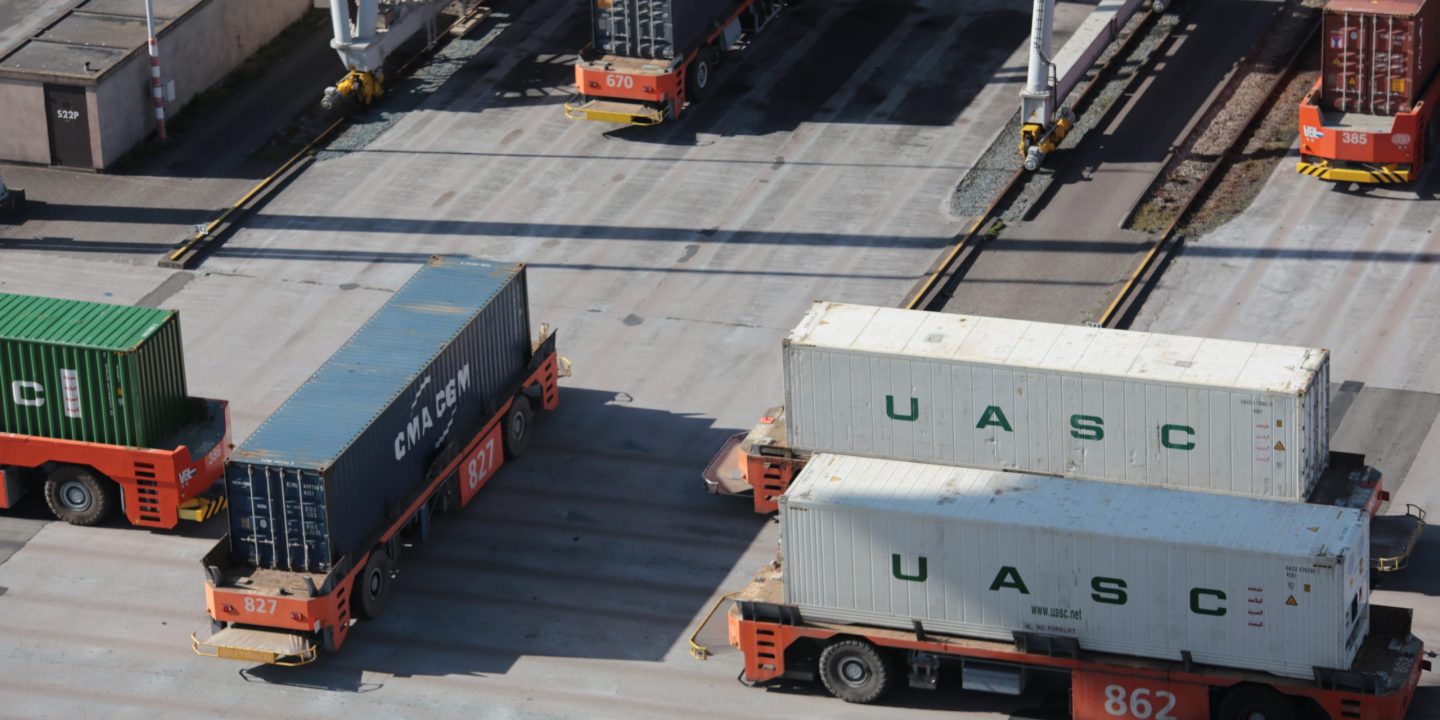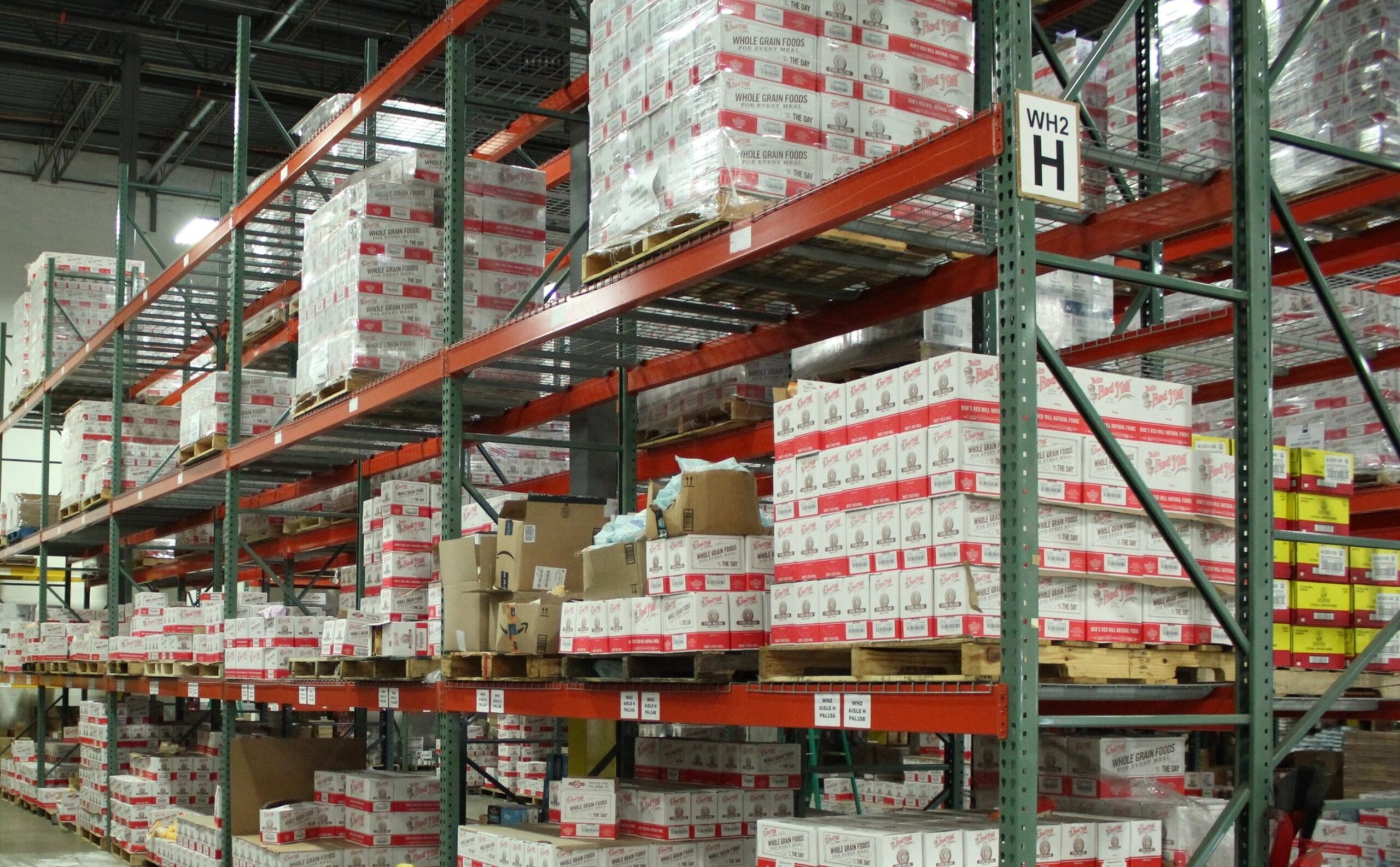Contents

If you run an e-commerce business, a seamless shipping and handling process is key to your success. Customers need to get their packages on time and in good condition, and you need to best estimate how to charge customers for shipping and handling.
We break down how best to manage your shipping and handling process as well as how to calculate what you should charge customers for this service below.
What Does Shipping & Handling Entail?
Shipping and handling involve the entire process of preparing, packaging, and shipping customer orders. While shipping and handling are often bundled together as one fee, they are actually two distinct practices.
- Shipping: This is the actual shipment of the order. A shipping fee covers the cost of packaging and shipping the order, including the cost of postage, related transportation, fuel, and any taxes or surcharges.
- Handling: This refers to the picking and packaging of the order. A handling fee covers the cost of packaging materials, shipping labels, and labor costs related to the process, from picking the items to loading orders onto delivery trucks.
Factors in a Shipping & Handling Strategy
An inefficient shipping and handling process can tank an online business. If orders don’t reach customers in a timely manner or if there are mistakes in orders, such as incorrect or missing items, you’re likely to end up with dissatisfied customers.
If you are planning a shipping and handling strategy for your e-commerce business, consider these factors:
The Size of Your Business
If you have a small e-commerce business that is just getting started, you likely fulfill orders out of your home or garage. This type of self-fulfillment shipping and handling strategy works well for small businesses, but as your business grows, you’ll need to scale up.
With a bigger business, you’ll need an inventory management system, warehouse capabilities, and a more robust shipping and handling process.
Types of Products
The types of products you sell and the variety directly impact your shipping and handling process. Consider the dimensions and weight of your products as you assess overall shipping and handling costs.
If you sell small, inexpensive items, shipping and handling costs may outweigh the cost of an item, so consider bundling smaller items together. Customers may be less likely to balk at shipping fees for more items. You can offer customers free or discounted shipping if they order a certain amount.
If you sell heavy, oversized, and bulk items, your shipping and handling will be much more complex as you need to plan how to move these large items. Larger items also take up more storage space, so you’ll need to consider how much inventory you want to hold so it doesn’t overwhelm your space. Products that are toxic, perishable, fragile, or customized also require specific shipping considerations.
Shipping Areas
If you offer national shipping and have a large business, it can be helpful to ship from multiple distribution centers. By carefully placing your fulfillment centers in areas you ship to the most, you cut down on shipping and inventory costs.
If you only ship in your regional area, a regional shipping carrier may make the most sense and save you on shipping costs. If you ship internationally, you’ll need to find an international shipping carrier that can offer you good rates and comply with customs requirements.
Management Systems
Like all the other processes of your e-commerce business, a good tracking solution is needed to manage your shipping and handling process. Software systems can help you to move orders smoothly through the fulfillment pipeline, ensure higher levels of order accuracy, and inform inventory management.
Shipping Options
With the vast spread of e-commerce, customers expect certain things when it comes to shipping. Here are some options you should consider:
Free Shipping
Many consumers cite free shipping as a major draw to a site. You don’t simply take a loss on free shipping. There are a few ways to offset this customer perk.
You can include the cost of free shipping in product prices. While this will raise product prices slightly, the benefit of free shipping may offset this small price increase to customers.
Many e-commerce sites link a minimum spend to the free shipping feature. You’ll then ensure you are making enough of a profit on the whole order to absorb the shipping cost.
Some sites feature annual membership programs where customers pay a flat membership fee to enjoy free shipping all year. This is often tied to other membership perks like discounts and seasonal offers.
If you offer free shipping, plaster this information all over your site. It is a major selling point for prospective customers.
Flat Rate Shipping
Customers don’t like to be left guessing what shipping will cost, so flat rate shipping is a big perk to offer. Regardless of how much a customer buys, the cost of shipping is the same.
With flat-rate shipping, you are essentially averaging out all order shipping fees. On some orders, you’ll take a loss, but on others, you’ll come out ahead.
Next-Day Shipping
This is the premium shipping option where customers get their orders the fastest. It is expensive though. Businesses see an uptick in orders when they offer this option, but customers may balk at the higher fees if it isn’t discounted.
2-Day Shipping
This shipping option tends to be a nice middle ground, offering fast shipping without an exorbitant cost. You can choose to ship via air or ground (in most cases) with 2-day shipping, but you’ll save money if you opt for ground when possible.
Major Shipping Carriers
Most e-commerce businesses choose from one of the major shipping carriers, but you’ll have a lot of regional and local options to choose from as well. If your deliveries are concentrated in a certain region, it’s worth it to investigate your local options.
If you are shipping nationwide or internationally, you’ll likely choose from one of the major carriers:
USPS
The U.S. Postal Service often offers the least expensive options for ground shipping. Since they already reach every address in the U.S. for mail delivery, you can get your packages anywhere. They offer a variety of business services.
FedEx
FedEx is a popular carrier for online business, offering a robust tracking system and various delivery speeds. They offer comprehensive information on their business services for both large and small businesses.
UPS
UPS is a trusted shipper for online and e-commerce businesses. They offer a variety of shipping speeds and can service businesses of all sizes. They offer extensive details on their services for e-commerce customers.
DHL
While the other major shipping carriers are the most popular choices in the U.S., DHL is a popular choice for international shipping. You can learn more about their business services here.
How to Calculate the Cost of Shipping & Handling
It can be tough to estimate your shipping and handling costs, so these estimates will likely be revised many times as you gather more data. Here are the main points to consider in making your projections:
Shipping Estimate
Package size and weight and destination in relation to origin will be the primary factors for your basic shipping cost estimates. Most major shipping carriers use shipping zones to calculate charges based on where the package originates.
If you are using one of the major shipping carriers, you’ll need to know the dimension weight of your packages. Dimensional weight (DIM) is used by FedEx, USPS, and UPS to assess whether the shipping prices work for their business models.
DIM was implemented because light, large boxes still take up a lot of dimensional space in shipping trucks. If the DIM exceeds the actual weight, the DIM is used for shipping calculations.
Delivery Speed
This will be the other major component involved in calculating your shipping costs. Standard ground shipping will be the least expensive option. Overnight shipping will be the most expensive, and 2-day shipping is often a nice middle ground for customers.
Handling Costs
While shipping allows for more straightforward estimates, you also need to estimate handling costs. This includes all labor costs involved with preparing the goods for shipment. There are also many indirect costs involved with handling, such as warehouse management systems, utilities, packing supplies, printers, labels, and much more.
You can get a rough estimate of handling costs by taking your monthly warehouse operational costs and dividing that by your average monthly shipping volume. For example, if your monthly operational fees are $10,000, and you ship out 1,000 orders per month, your handling costs are $10 per order.
Can You Outsource Shipping & Handling?
Most businesses initially think it makes the most sense to keep order fulfillment in-house, and it sometimes does. But as your business grows, it might make more sense to outsource shipping and handling altogether.
If you find that you don’t have sufficient room for your inventory, you are spending too much time on fulfilling orders, or your shipping and handling costs are too high, it might make sense to outsource the process. If you’re going to be expanding into new areas, new product lines, or offering new shipping speeds, it’s also a good time to consider outsourcing.
At Logistipedia, we can assess your company’s shipping and handling processes. We can help you determine what makes the most sense for your business by giving you the data you need to make informed decisions. Reach out to us today to get started.
References
Shipping Is Critical to Keeping Online Shoppers Happy. (August 2019). Forbes.
USPS Shipping for Business. U.S. Postal Service.
Commercial Shipping. FedEx.
Small Business Resource Center. FedEx.
Flexible Delivery Options for Your E-Commerce Customers. UPS.
DHL for Business. DHL.




